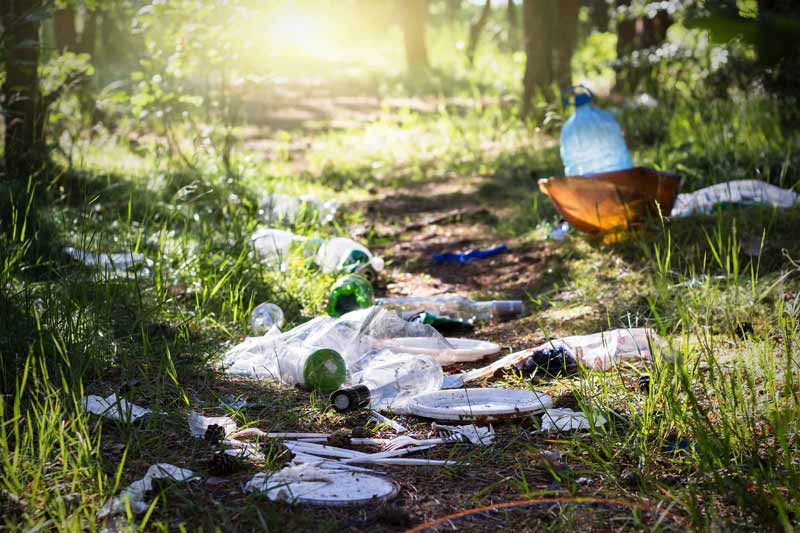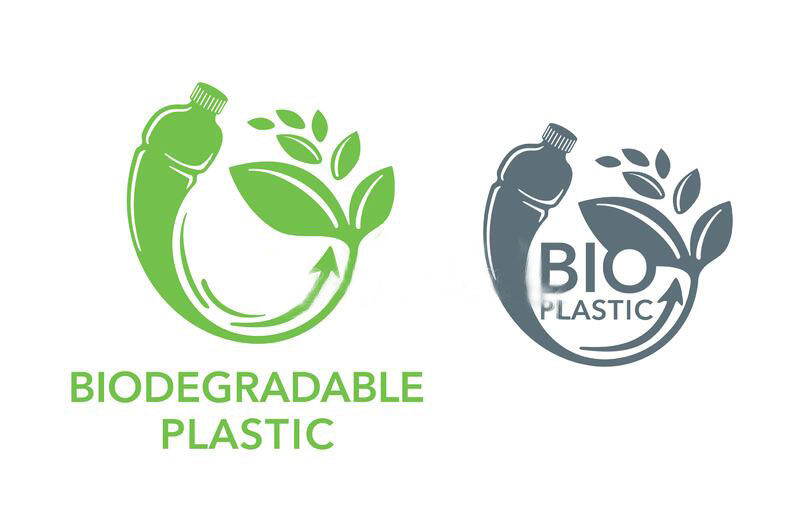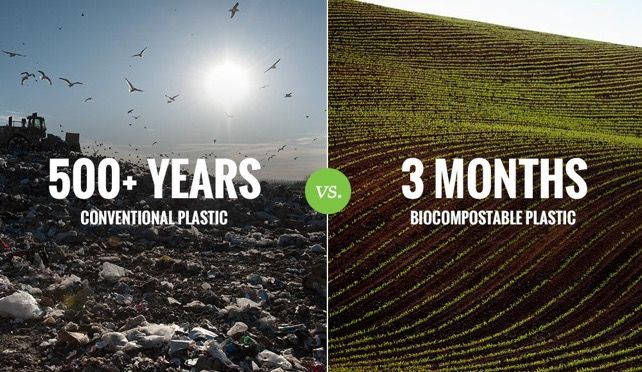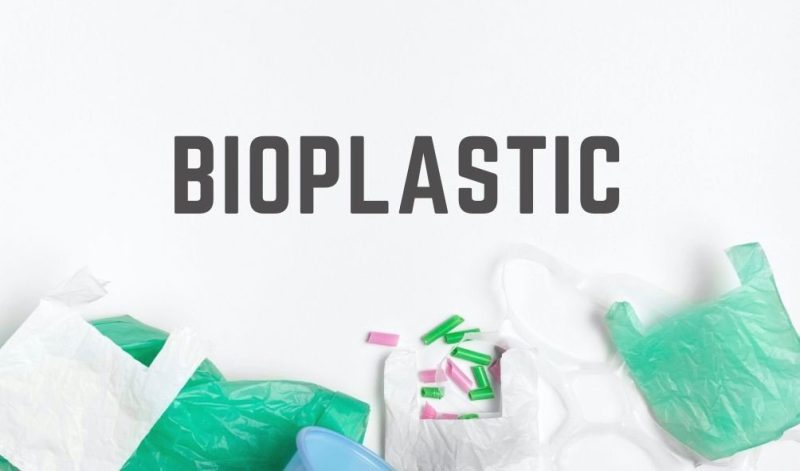Scientific understanding of biodegradable plastics and other plastic alternative products
With the deepening of plastic pollution control, the demand for plastic alternative products is increasing, and the related products are widely concerned by the society, while the rapid development of many problems and challenges have emerged. Recently released the “14th Five-Year Plan” plastic pollution control action plan (hereinafter referred to as “the program”) for the scientific and appropriate promotion of alternative products to further deployment, for the “14th Five-Year Plan” period related work laid a solid foundation.
Biodegradable plastic is a kind of plastic alternative material, which can be completely degraded into carbon dioxide (CO2) or/and methane (CH4), water (H2O) and mineralized inorganic salts of its elements by microorganisms in soil, seawater, fresh water, compost and other environmental conditions. The types of biodegradable plastics that have been industrialized so far mainly include polylactic acid (PLA), polybutylene terephthalate (PBAT), polyhydroxyalkanoate (PHA), polypropylene carbonate (PPC) and so on. Other types of biodegradable plastics are mainly used in high-end fields, and with the improvement of performance and cost reduction, they are beginning to be used in fiber, agricultural land film and other household products.
With the deepening of China’s plastic pollution control policy, biodegradable plastic industry has been developing rapidly. In terms of production capacity, the annual production capacity of PBAT and PLA in China will be about 300,000 tons and 100,000 tons respectively in 2020, accounting for about half of the global production capacity. It is expected that by 2025, the annual production capacity of PBAT and PLA in China will be about 7 million tons and more than 1 million tons, accounting for more than two-thirds of the global production capacity. From the standard point of view, the standard in the field of biodegradable is being gradually improved, and China has converted 11 biodegradable ISO international standard testing methods equivalent. In terms of testing capability, the number of institutions that can test the degradation performance of biodegradable plastics is rapidly increasing, and there are about 15 laboratories that can test these tests recognized by the international peers or certification bodies like DIN CERTCO, BPI and so on.
However, it is also sober to see that all circles still have different understanding of the application fields of biodegradable plastics, the impact of degradation products on the environment, etc. At present, the development of biodegradable industry is still facing imperfect standards, insufficient testing capacity, and short boards for subsequent disposal, and it still needs continuous efforts in scientific research, product performance, and use costs.
From National Development and Reform Commission of the People’s Republic of China




